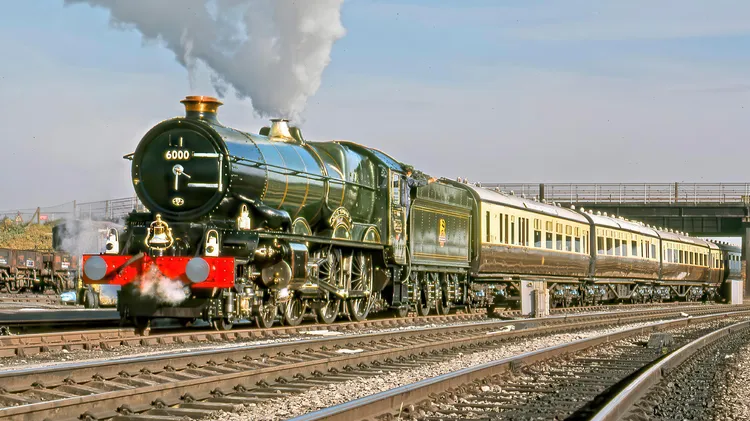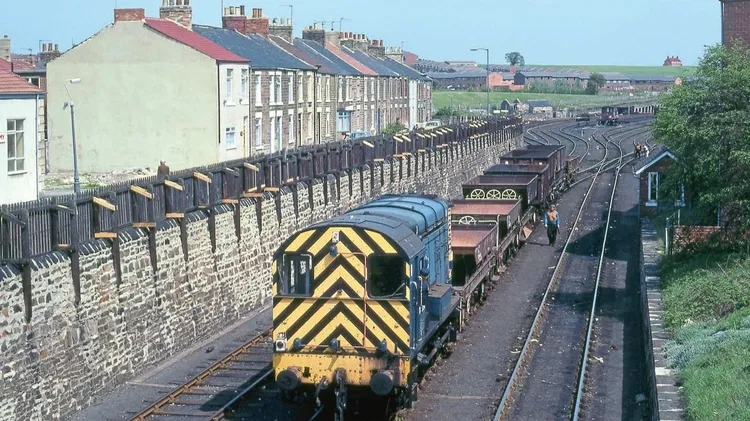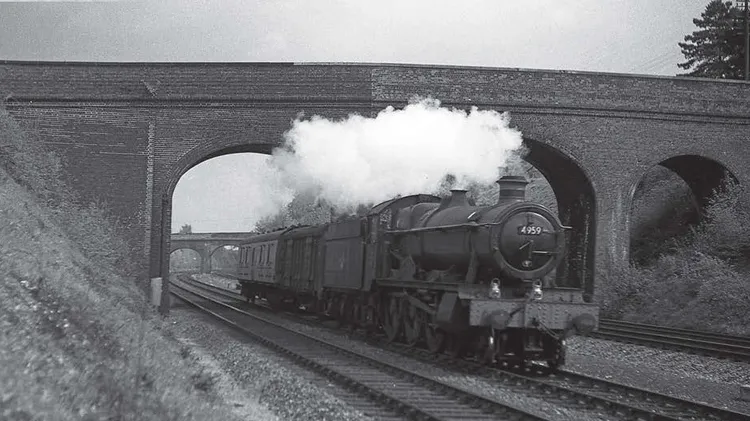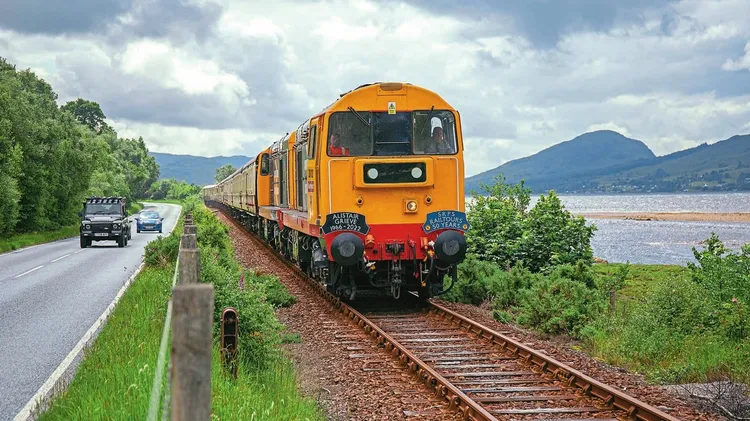The combination o
Stephenson locomotive society (midlands area) specials to swindon: the 1960s
38 min read
This article is from...
Read this article and 8000+ more magazines and newspapers on Readly






